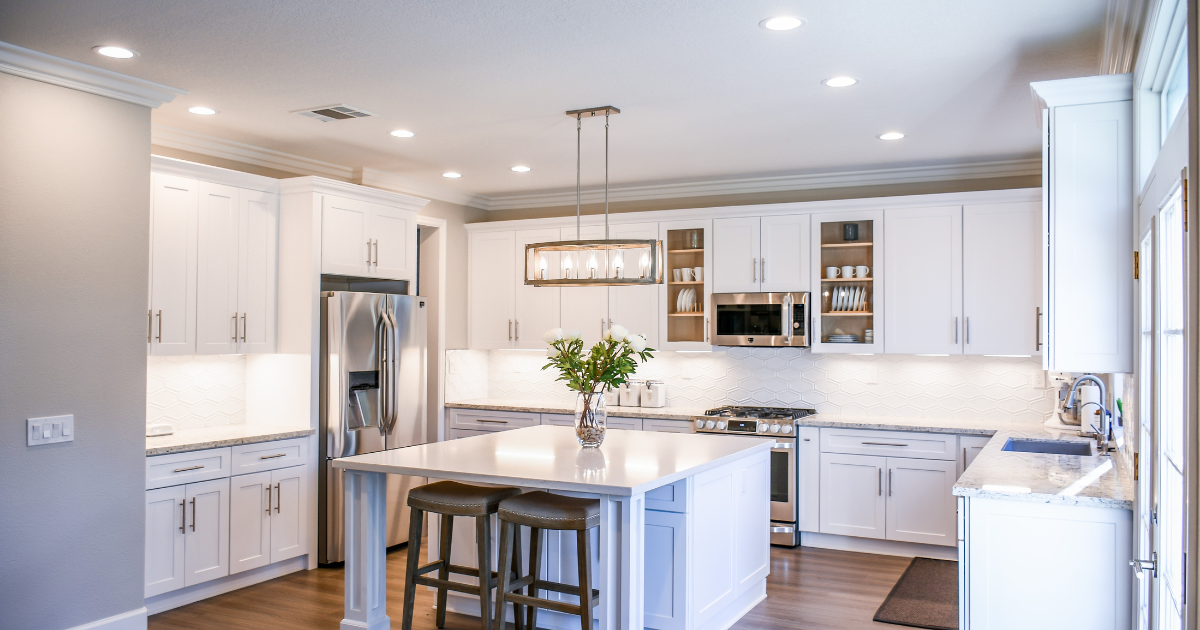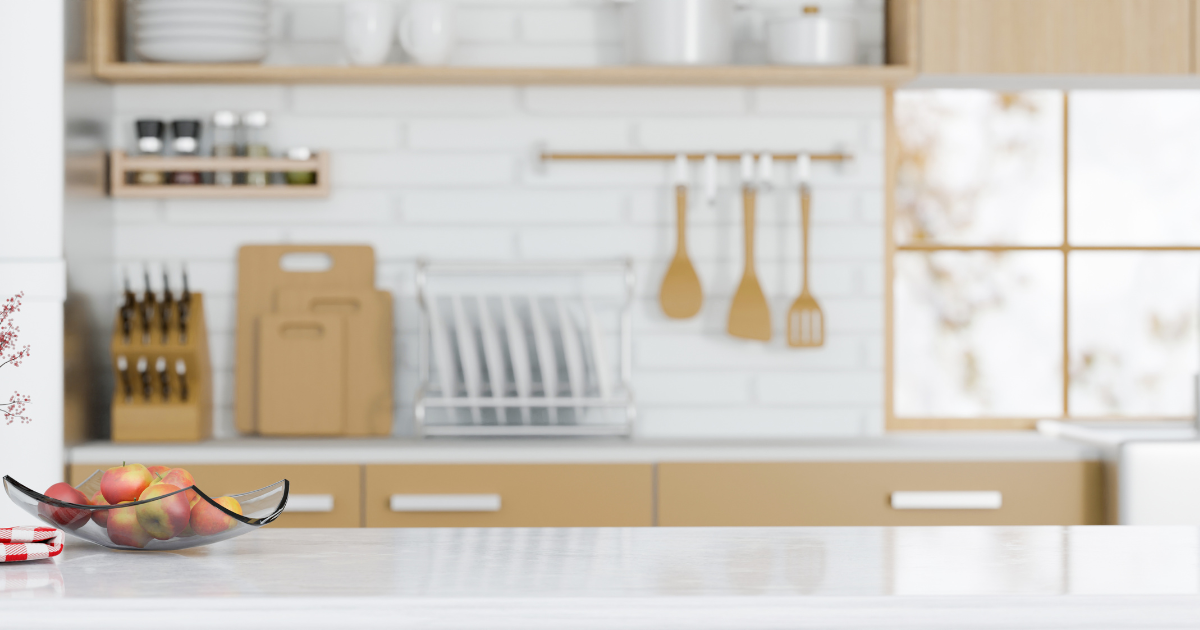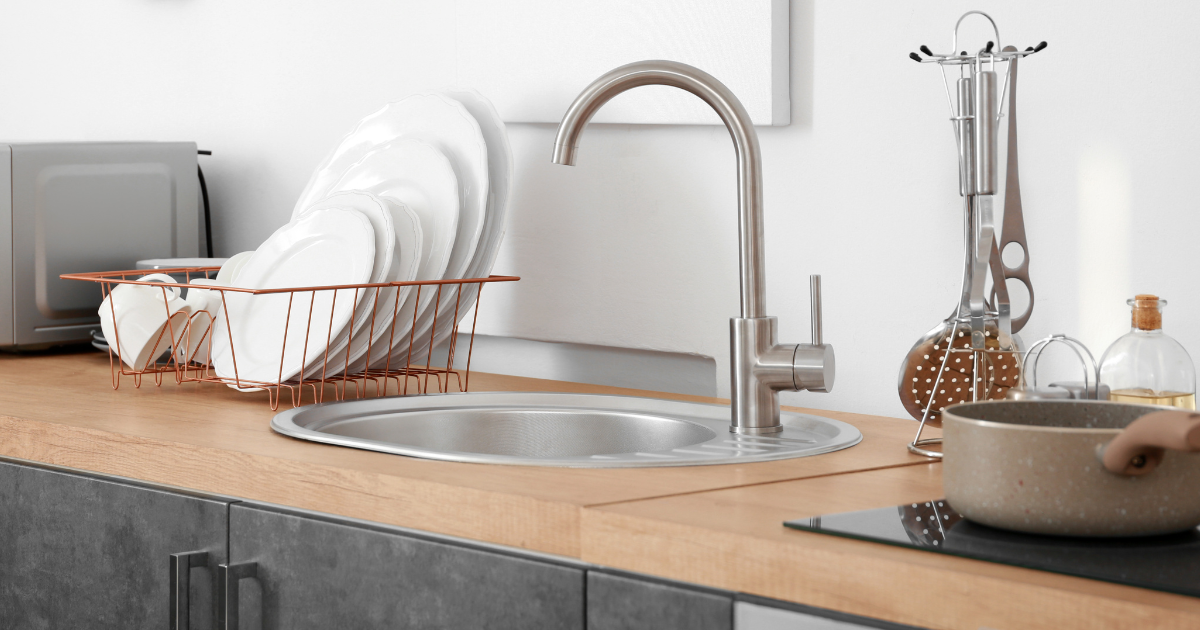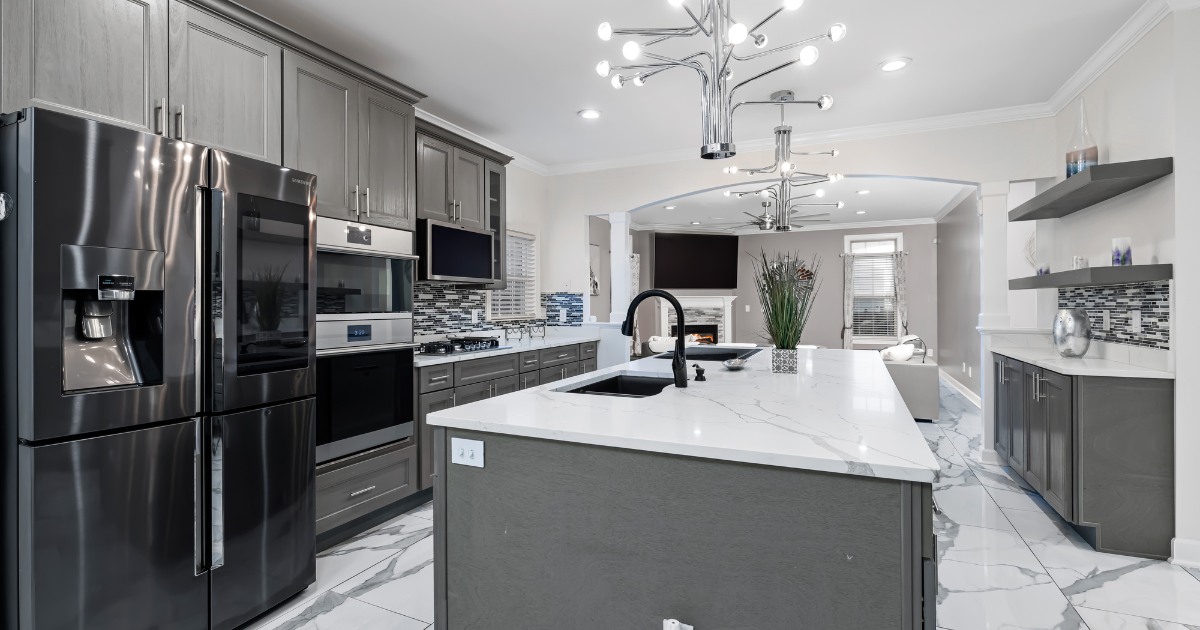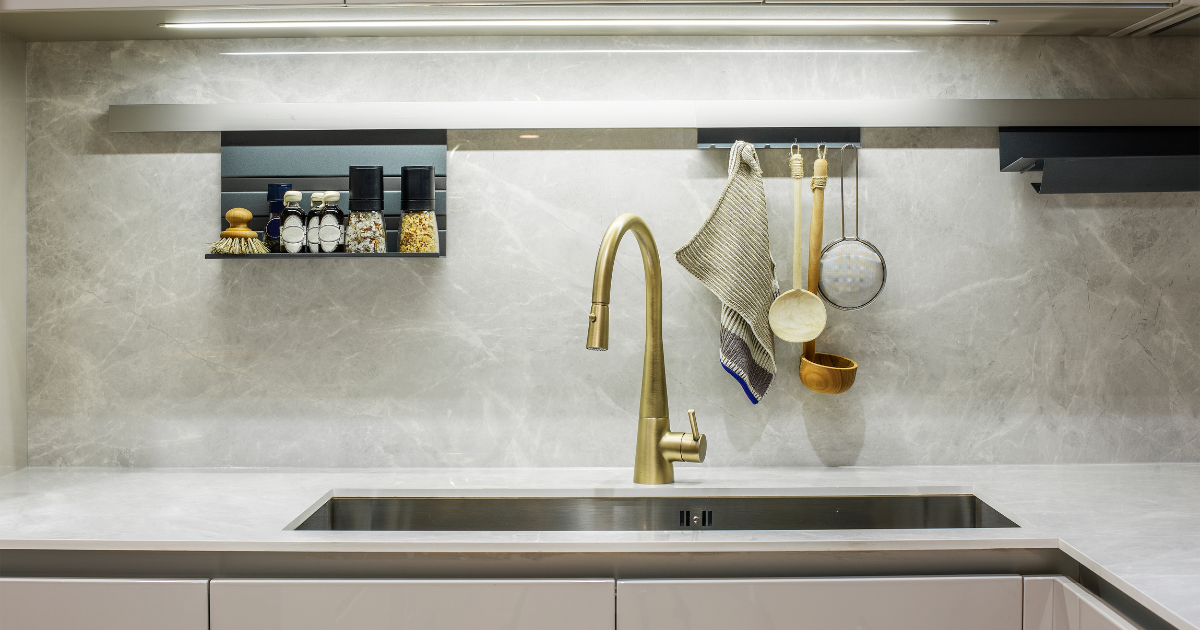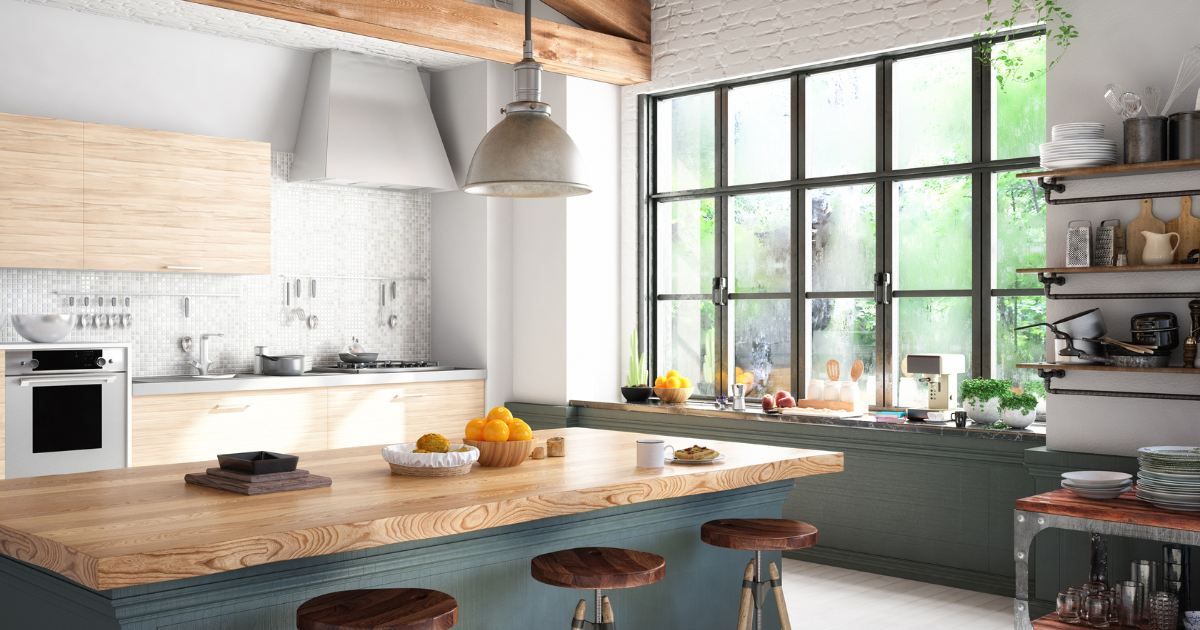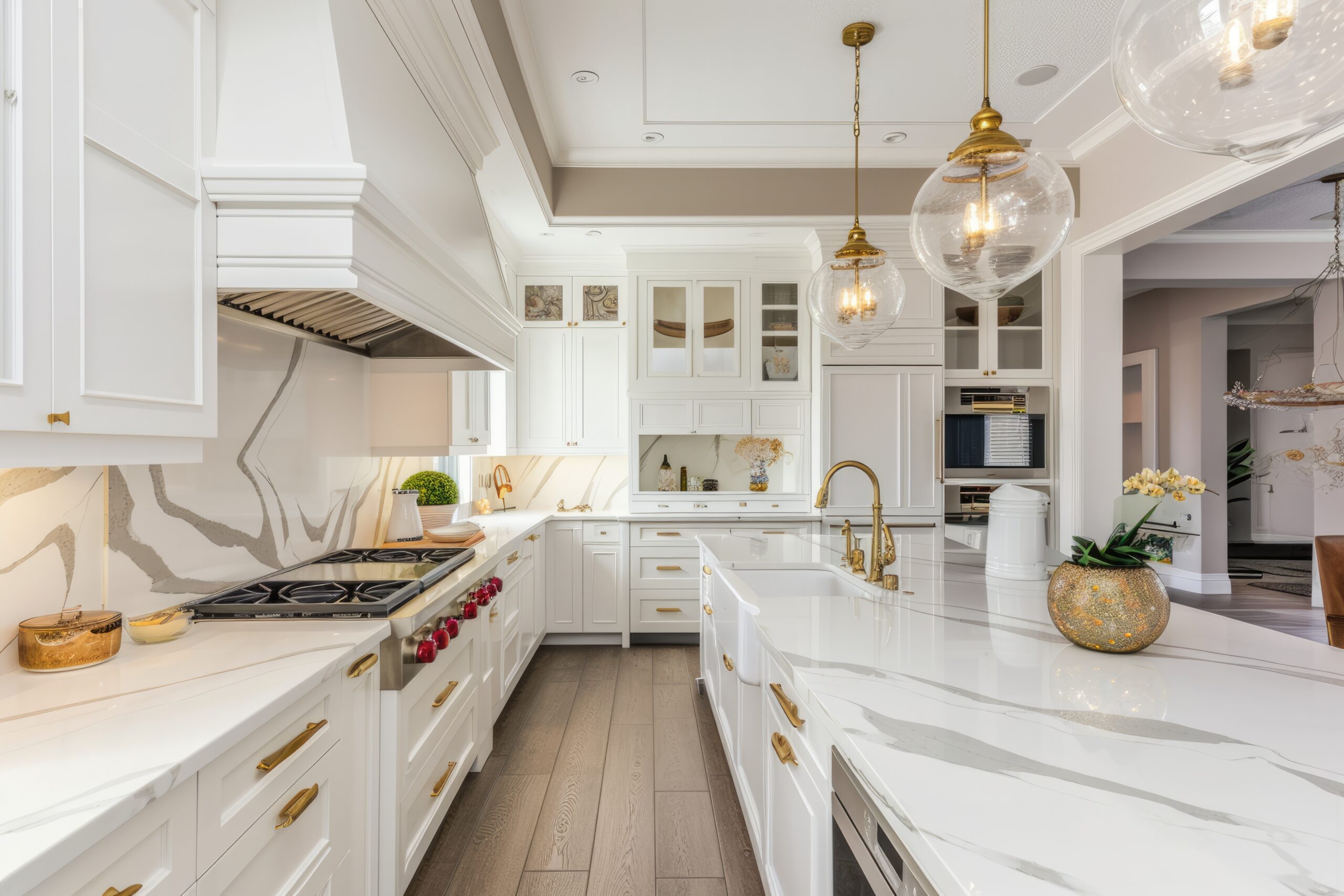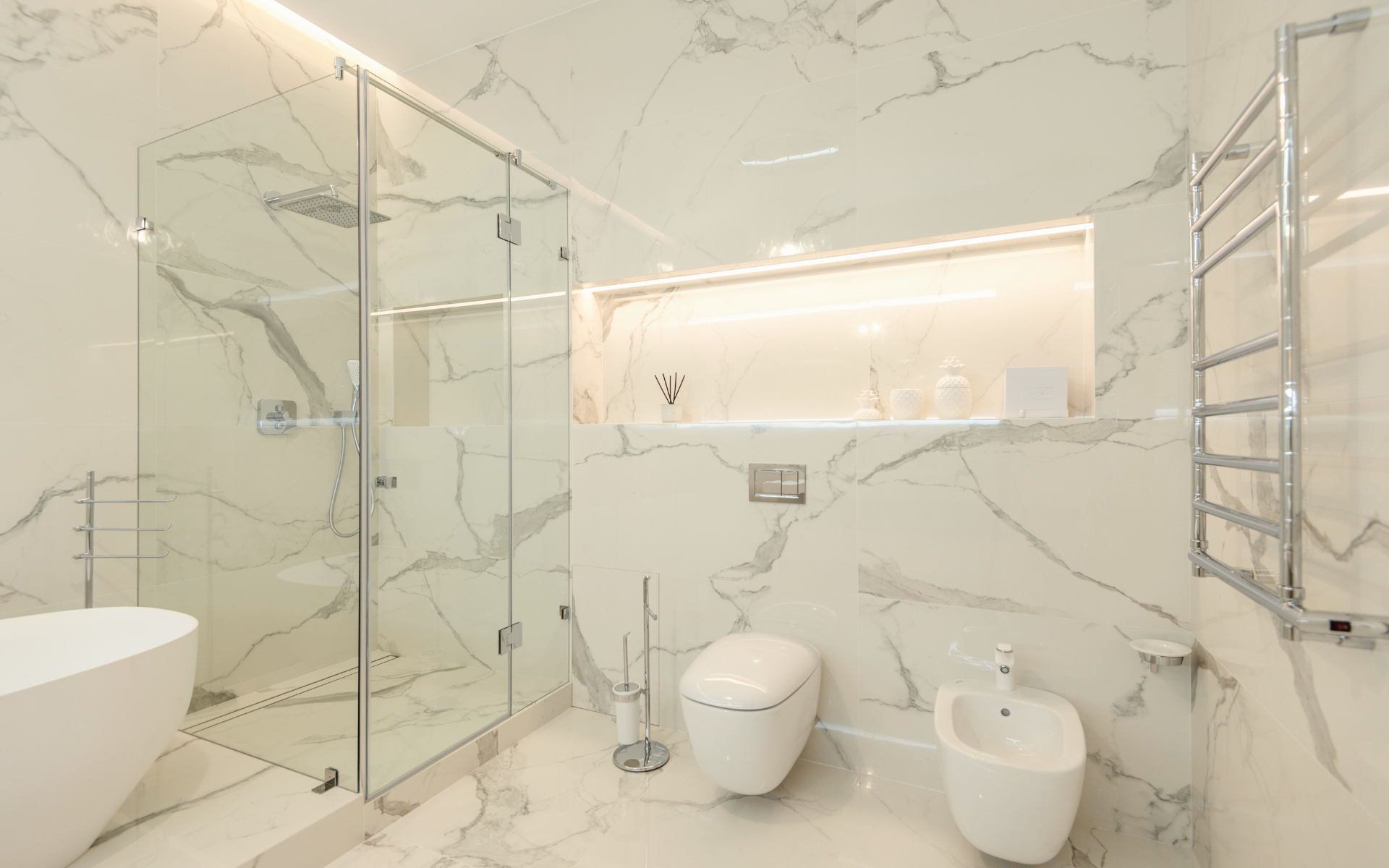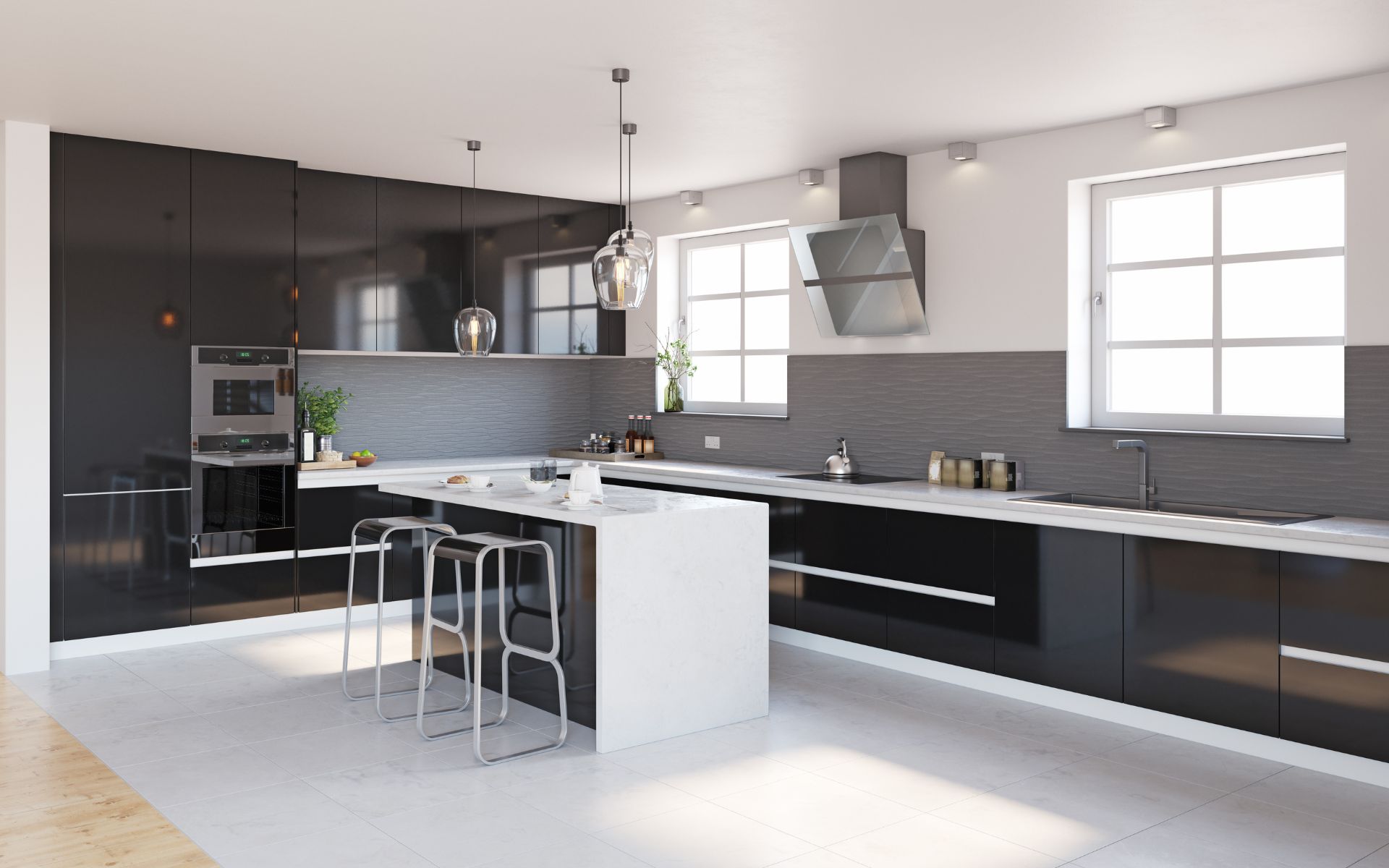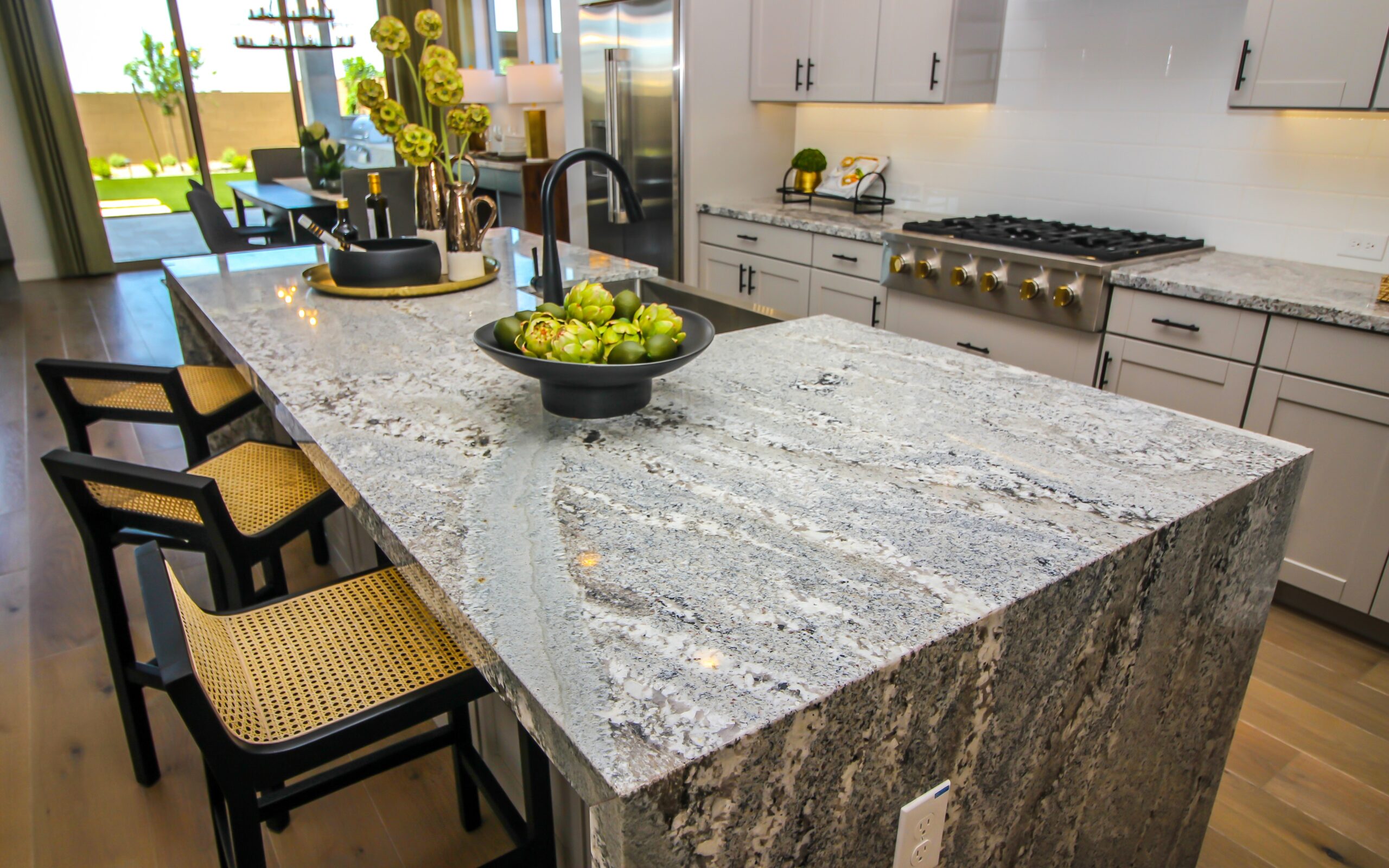Kitchen remodels can be exciting, allowing you to update your dream kitchen. However, during the renovation process, you still need a functioning space to store, prep, and cook food. Setting up a temporary kitchen keeps your household running smoothly while the real kitchen is getting a makeover.
With some planning and creative problem-solving, you can create a tidy and efficient temporary cooking space. Read on for tips to keep calm and cook on through your remodel.
Determine What You’ll Need
Assess which appliances and features you rely on daily in your regular kitchen. Consider:
- Fridge
- Freezer
- Sink
- Counter space
- Storage for food, dishes, utensils
- Coffeemaker
- Toaster oven
- Hot plate
- Microwave
- Places to wash dirty dishes
Make a list to know what is essential to include in your makeshift kitchen.
Choose a Location
Pick an area as close as possible to your closed-off kitchen. Ideal spots include:
- Laundry room
- Garage
- Enclosed porch
- Basement
- Large bathroom
- Spare bedroom
Look for a space with access to plumbing for installing a temporary sink. Make sure there is adequate lighting, ventilation, and electricity for plugging in appliances. Clear out the area and do a deep clean in preparation.
Add Storage Solutions
Organization is key for keeping your makeshift kitchen tidy. Some options to hold kitchen supplies:
- Plastic bins and organizers stackable shelves
- Portable carts with wheels
- Cabinet on casters
- Folding table for additional surface area
Label containers clearly for easy access to cooking tools, plates, mugs, and food staples. Having dedicated spaces makes clean-up quicker.
Install a Temporary Sink
While not strictly necessary, having a sink to wash dishes or rinse produce makes a big difference in convenience. Some sink options:
Bathroom Sink
The easiest route is placing a plastic utility sink or basin in a nearby bathroom you don’t frequently use. This gives you access to the existing plumbing. Get a countertop model with an enclosed cabinet for storage underneath.
Utility Sink
Hardware stores sell stainless steel utility sinks that hook up to your washing machine hookups. Often found in basements or garages, these provide a water source for washing dishes. Place on a sturdy table or wire shelving unit.
Camping Wash Station
For a very temporary fix, set up an outdoor camping wash station. Place a plastic bin on a folding table to catch water. Use a solar shower or faucet hose attachment for rinsing. Have a drain bucket on the ground.
Ensure Adequate Counter Space
Having room to prep ingredients is vital for any kitchen. How much you need depends on several people cooking and the types of meals prepared.
For a temporary kitchen, folding tables and countertops provide easy-to-install extra surface area. Look for tables on locking wheels so they can be moved around as needed.
Other options:
- Buy utility carts meant for garage storage to hold appliances
- Repurpose bookcases or large plastic shelving units placed back-to-back to act as a long, thin countertop
- Use an ironing board for a skinny cutting board spot
Consider Appliances
Renovation requires turning off the power to the kitchen. Assess which small appliances you rely on daily. Invest in temporary electric versions.
Refrigerator
A mini fridge is likely sufficient for temporary use for just a few weeks. Choose one with a separate freezer section. Consider an under-counter model that can be used in a garage or basement kitchen long term after the reno.
Coffee Maker
For coffee addicts, secure access to Java is essential. A single-serve Keurig or Nespresso machine takes up minimal space for the temporary kitchen. Or choose a small 4-6 cup drip machine. Protect machines from dust with a plastic bin or cardboard box with cut-out holes when not in use.
Toaster/Toaster Oven
A pop-up toaster or toaster oven lets you make quick work of warming leftovers, toasting bread, and baking small batches of cookies. They use less energy than a full-size oven.
Hot Plate or Induction Cooktop
For stove-less cooking, a single electric burner hot plate allows basic sautéing, boiling water, and scrambling eggs. An induction cooktop offers quicker, more energy-efficient cooking.
Microwave
A microwave is useful for reheating leftovers. Choose a small countertop model or think creatively. You can place a microwave securely on a sturdy shelf, table, or rolling cart at an ergonomic height.
Slow Cooker or Instant Pot
When counter space is limited, an Instant Pot, slow cooker, or rice cooker allows you to make full meals without standing over a stove. They often come with storage lids, so food is kept neatly in the cooker insert ready for serving.
Address Washing Dishes
Tackle dish duty with these temporary kitchen ideas:
1. Paper and Plastic Disposables
To cut down on cleanup, use disposable plates, cups, bowls, and cutlery. While less eco-friendly, it significantly reduces washing dishes. Stock up on durable paper goods and plastic utensils.
2. Temporary Sink Basin
Fill a large plastic basin tub with hot soapy water for washing. Have another basin of clean rinse water. Let dishes air dry on a folding dish rack.
3. Camp Sud Saver
This collapsible sink has a built-in pump soap dispenser. The dual sides allow you to wash on one side and rinse on the other without contamination. Perfect for small kitchen spaces.
4. Bathtub Washing
In a pinch, fill the tub with hot soapy water for cleaning dishes. For rinsing, plug the drain and use the tub faucet sprayer. Let dishes drain dry on a dish rack placed across the sides of the tub.
Think Vertical for Storage
When floor space is limited, make use of vertical storage including:
- Mounted wire shelving units on the walls
- Hanging fabric shoe organizers to hold food bags and wraps
- Multi-level hanging fruit baskets for onions and potatoes
- Wall-mounted magnetic strips for knives and pots
Get creative repurposing household items like bookshelves, coat racks, and towering utility carts for additional storage.
Have a Place for Everything
Get in the habit of always returning items to their designated storage spots in the makeshift kitchen. This avoids clutter building up and things getting misplaced. Label shelves, bins, and baskets clearly so other household members can easily put things away properly.
Make clean-up part of your cooking routine by immediately washing used tools and wiping down counters. Deal with food waste and compost right away as well. Develop systems that suit how your household uses the kitchen most efficiently. Be ready to tweak your setup.
The Upsides of a Modest Kitchen
While setting up a temporary kitchen takes effort, there are some benefits to downsizing your cooking space including:
- Learning versatility using compact appliances like pressure cookers
- Discovering you have more than you need with pared-down tools and dishes
- Preventing food waste with a smaller fridge that needs regular clearing out
- Encouraging simpler, healthier meals with only essential equipment on hand
- Appreciating the conveniences of your regular kitchen when the reno is complete
A makeshift kitchen requires some adjustments but can function surprisingly well. Think through your basic needs and get creative problem-solving to bridge the renovation period. Before long, you’ll have a gorgeous new kitchen designed exactly how you like. Enjoy this chance to try new systems and have fun camping at home.
FAQs
How to make a temporary kitchen during renovation?
When your kitchen is under construction, you’ll need an alternative space to cook and wash dishes. Clear out an area like the garage, basement, laundry room, or enclosed porch to act as your makeshift kitchen. Ensure you have access to electricity and install some form of temporary sink, whether a portable basin or utility sink hooked up to washing machine hookups. Use folding tables and plastic storage carts to provide countertop prep space and keep things organized. Invest in small cooking appliances like a single electric burner hot plate, toaster oven, microwave, instant pot, and slow cooker. To reduce dish duty, use paper plates, bowls, and disposable cutlery during the renovation.
What to do while the kitchen is being remodeled?
While your kitchen is getting a complete makeover, set up a temporary cooking and clean-up zone in a spare room, bedroom, laundry room, or basement. Organize this makeshift kitchen by carefully labeling shelves and storage bins for easy access to food staples, cooking tools, plates, and utensils. To make the renovation period easier, do meal preparation in advance by cooking casseroles and freezer meals that just need reheating. Take advantage of fuss-free small appliances like the slow cooker and pressure cooker which allow you to prepare meals with minimal work. And don’t forget to order takeout or eat at restaurants occasionally to give yourself a break from the makeshift kitchen!
How do you cook during a kitchen remodel?
You have several options to cook meals while your kitchen is in a construction zone. Plug-in induction burners and electric hot plates allow you to sauté, and boil water for pasta, scrambled eggs, and more. An instant pot or slow cooker lets you make full-pot meals with minimal cleanup. You can reheat leftovers easily in the microwave. If weather allows, cooking on an outdoor grill is another good temporary option. Make sure to set up some form of temporary sink, whether a plastic wash tub or portable sink with a pump soap dispenser for washing dirty pots and dishes. Using paper plates and disposable cutlery helps reduce cleanup too.
How do I protect my kitchen during renovation?
To avoid damage during remodeling, have the contractors completely seal off the kitchen area with plastic sheeting to prevent dust infiltration. Cover any appliances like the refrigerator, dishwasher, or stove that need to remain in place. Use drop cloths, plastic, and sheets to ensure existing cabinets, countertops, and floors are fully protected. Carefully pack kitchenware like dishes, utensils, and small appliances and store away offsite or in sealed bins. Do not allow workers unsupervised access to the kitchen space during construction. Only allow workers into the active work zone to prevent accidents or breakages in finished areas.
Final Thoughts
Having your kitchen completely demolished and rebuilt requires some temporary adjustments. However, developing smart strategies helps ease the transition of cooking in a makeshift workspace. Think through what your essential cooking and cleanup needs are. Select key appliances to bring into the temporary kitchen along with adequate storage systems and counterspace. Get creative utilizing an alternate room, porch, or laundry area. With temporary utilities like a plug-in sink and compact appliances, you can get by surprisingly well. Making freezer meals in advance helps reduce daily cooking demands too.
Keeping the space organized is key for efficiency. So is maintaining cleanup habits like quickly washing dishes. This keeps chaos from accumulating mid-project. Before you know it, the gorgeous new kitchen of your dreams will be installed and fully functional.
View it as a chance to hone your meal planning and adopt helpful habits that serve your household long-term. Soon your patience will pay off with a revamped kitchen tailored perfectly for your needs.

